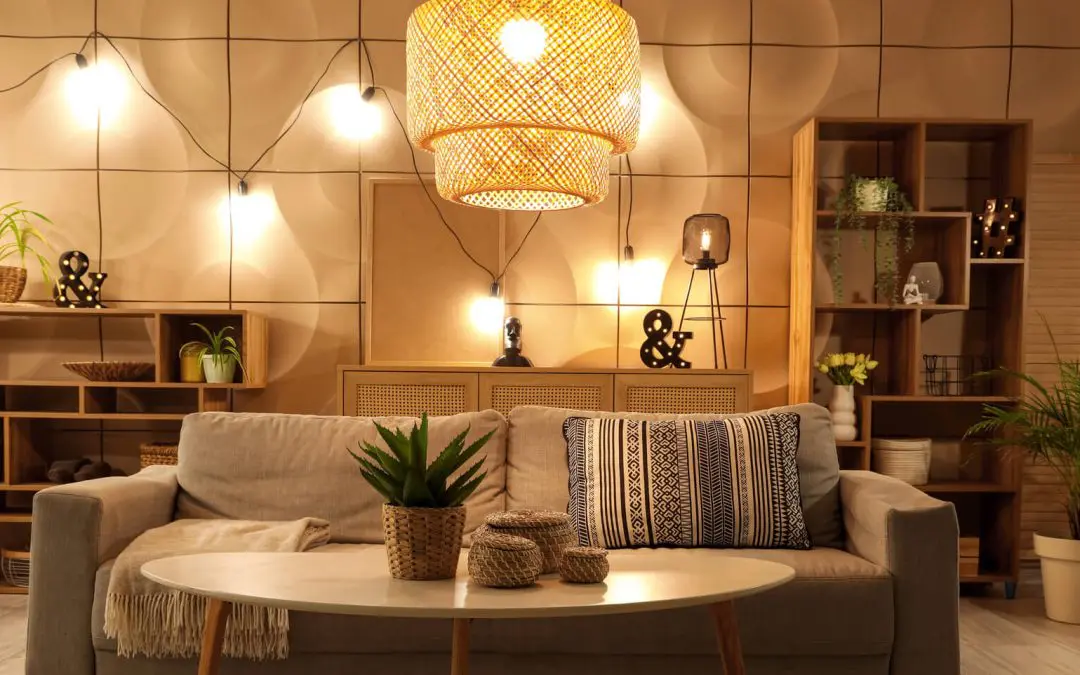Your living room is the heart of your home. It’s where you relax, entertain guests, and spend time with family. Choosing living room furniture can make all the difference in making your space feel comfortable and stylish. If you’re not sure where to start, don’t worry—I’ve got you covered. Let’s break it down so you can find the perfect pieces for your home.
Start Choosing Living Room Furniture with Your Space and Layout
Before you start shopping, take a good look at your living room. How big is it? Where are the windows, doors, and walkways? Measuring your space will help you figure out what furniture will fit best.
Think about how you use your living room. If you love hosting friends, you might need a big sofa and extra chairs. If it’s mostly for relaxing, a cozy sectional might be the way to go. Make sure to leave enough space to move around easily.
Pick a Style You Love
Your furniture sets the tone for your living room, so choose pieces that match your taste. Do you like modern, sleek designs? Or do you prefer a cozy, rustic feel? If you’re unsure, look at pictures online or in magazines to get inspired.
You don’t have to match everything perfectly. Mixing different styles can add personality to your space. Just make sure the colors and materials work well together so your room feels cohesive.
Comfort and Quality Matter
Looks are important, but comfort is key. The sofa is one of the most used pieces of furniture in most households, so test it out before you buy. Make sure the cushions are supportive, and the fabric feels comfortable.
Quality is just as important. A well-made sofa with a sturdy frame and durable fabric will last much longer than a cheaper option. If you have kids or pets, consider one made from stain-resistant fabric or with slipcovers that are easy to clean.
Think About Functionality When Choosing Living Room Furniture
Your living room furniture should be more than pretty—it should work for your lifestyle. For extra storage, look for coffee tables or ottomans with hidden compartments. A sleeper sofa might be a great option if you often have guests staying over.
Multipurpose furniture can be a lifesaver in smaller spaces. A storage ottoman can serve as a seat, a footrest, and a place to stash blankets. A nesting table set gives you extra surface space when needed and stacks away neatly when you don’t.
Choose Colors and Fabrics Wisely
The colors and fabrics you choose will set the mood for your living room. Neutral colors like gray, beige, or white are timeless and allow you to change up your decor later. If you love bold colors, add them with pillows, rugs, and artwork.
When choosing fabrics, consider your lifestyle. Darker fabrics better hide stains, while lighter colors make a space feel bigger. If you have pets, look for pet-friendly fabrics that resist scratching and shedding.
Arrange Your Furniture for Comfort and Flow
Once you have your furniture, how you arrange it makes a big difference. Try to create a layout that makes conversation easy and allows for good traffic flow. Instead of pushing everything against the walls, consider floating your sofa in the middle of the room to make it feel cozier.
Use area rugs to define different sections if you have a large space. You can create a main seating area and a smaller reading nook to make the room feel more inviting.
Choosing the right living room furniture doesn’t have to be stressful. By thinking about your space, comfort, and personal style, you can create a room that looks great and feels just right for you.
Frequently Asked Questions on Choosing Living Room Furniture
How do I know what size sofa to buy?
Measure your space first. A big sectional might be perfect for a large room, but it could overwhelm a small space. Make sure to leave enough room to walk around comfortably.
What type of fabric is best for a sofa?
It depends on your needs. Leather is easy to clean and lasts a long time, while soft fabrics like microfiber and cotton blends feel cozy. If you have kids or pets, look for stain-resistant fabrics.
Does all my furniture have to match?
Not at all! Mixing different pieces can make your space more interesting. Just try to keep a common theme, like similar colors or materials, to tie everything together.
How can I make a small living room feel bigger?
Use light colors, choose furniture with exposed legs, and add mirrors to reflect light. Multifunctional furniture, like a storage ottoman or a fold-out sofa, can help you make the most of your space.
How often should I replace my living room furniture?
It depends on the quality and how much you use it. A good sofa can last 10-15 years, while cheaper options may need replacing sooner. If your furniture looks worn out or feels uncomfortable, it might be time for an upgrade.
DMV Home Inspections provides professional home inspections in the Washington DC, metro area. Contact us to request our services.

